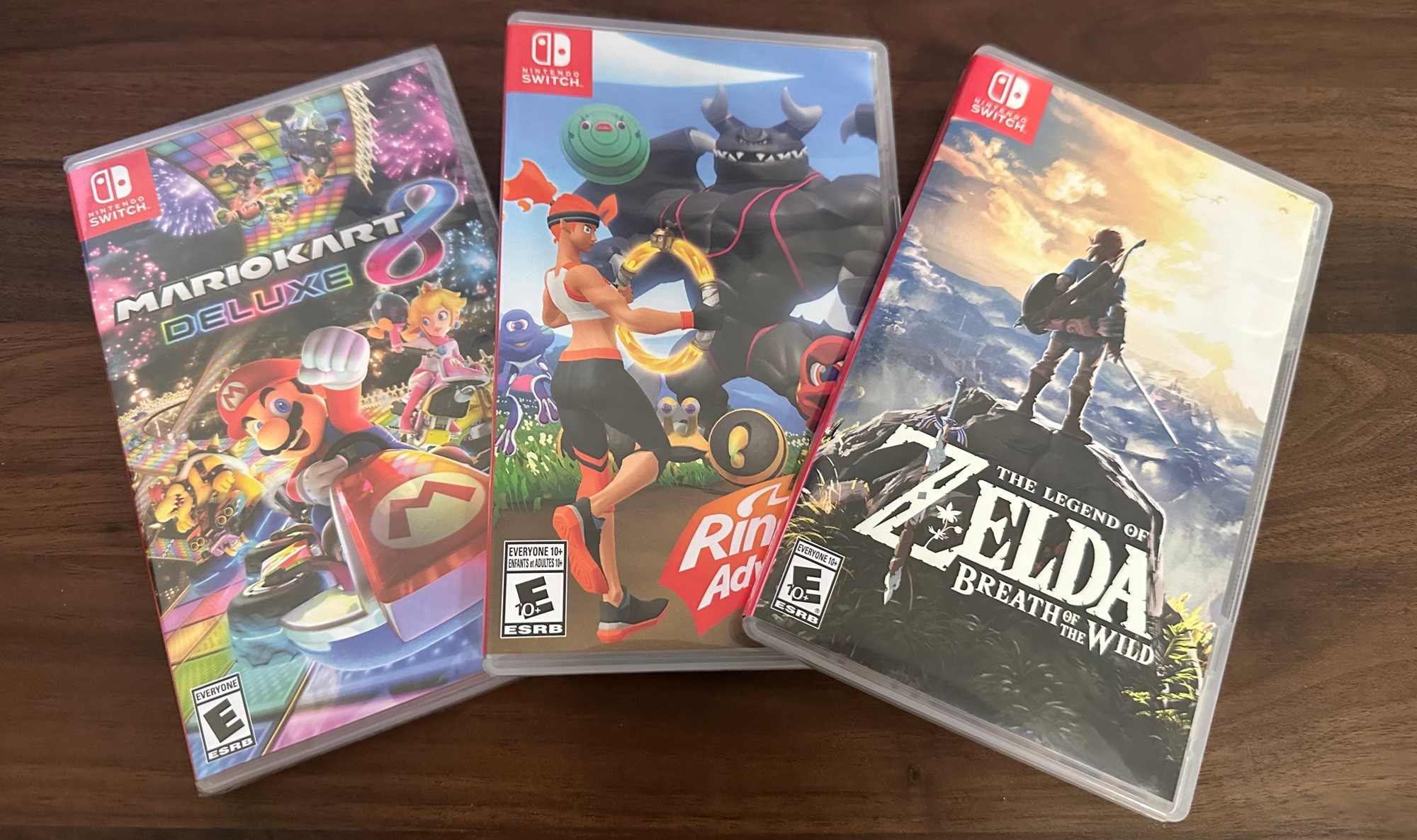
Nintendo's upcoming Switch 2 console brings more than just technological improvements - it's ushering in a new era of higher game prices. First-party titles for the next-generation system will cost either $70 or $80, marking a notable increase from the standard $60 price point of current Switch games.
According to retail listings, Mario Kart World, the console's flagship launch title, will retail for $80 as a standalone purchase. This represents a $20 jump from typical Switch game pricing. The same $80 price point applies to Switch 2 Edition upgrades of recent titles like Super Mario Party Jamboree, The Legend of Zelda: Tears of the Kingdom, and Kirby and the Forgotten Land.
Not all games reach the $80 mark. Donkey Kong Bananza, scheduled for July release, will cost $69.99 - aligning with current PlayStation 5 and Xbox Series X/S pricing standards. The Switch 2 version of The Legend of Zelda: Breath of the Wild will also retail at $70.
Nintendo has not detailed their pricing strategy or what differentiates $70 titles from $80 ones. While factors like online features and development costs may play a role, the pricing structure appears inconsistent across new releases and remasters.
Third-party publishers are taking varied approaches. Street Fighter 6 Year 1-2 Fighters Edition maintains a $60 price point, while Square Enix's Bravely Default remaster stays at $40. These titles utilize Nintendo's new Game-Key Card format, which could influence their pricing due to reduced manufacturing costs.
For existing Switch owners, upgrade paths to Switch 2 versions may cost between $10 to $20, based on price differences between current and next-gen versions. Select upgrades will be available at no additional cost for Nintendo Switch Online + Expansion Pack subscribers, including enhanced versions of both Breath of the Wild and Tears of the Kingdom.
The price increases reflect both broader economic trends and rising development costs. When adjusted for inflation, a $60 game from 2017 would cost approximately $78 today, suggesting Nintendo's new pricing strategy accounts for market realities while positioning premium titles at higher price points.